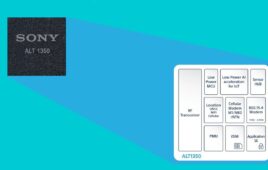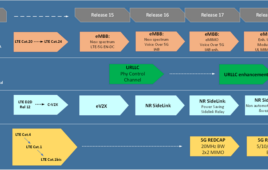The mobile Firefox OS from non-profit browser-maker Mozilla might have seemed a longshot to even make it to market, much less garner the kind of carrier support the company has announced at Mobile World Congress (MWC) in Spain.
Mozilla has announced 18 carrier partners putting their weight behind the new web-based OS, as well as initial devices from Alcatel OneTouch, ZTE and LG, with Huawei to follow. The first wave of Firefox OS devices will be available to consumers in Brazil, Colombia, Hungary, Mexico, Montenegro, Poland, Serbia, Spain and Venezuela, with additional devices to come.
Operators committed to the open Web device initiative include: América Móvil, China Unicom, Deutsche Telekom, Etisalat, Hutchison Three Group, KDDI, KT, MegaFon, Qtel, SingTel, Smart, Sprint, Telecom Italia Group, Telefónica, Telenor, Telstra, TMN and VimpelCom. 
Mozilla also announced that it will come to market with a complete marketplace. Firefox Marketplace will offer apps in categories like games, news and media, business and productivity, according to a press release.
Johnathan Nightingale, vice president of Firfox engineering for Mozilla, said the announcement is really just a matter of following through on what the company promised at last year’s MWC.
“The great thing last year was how much interest and appetite we saw at the conference and around it for this kind of alternative,” Nightingale said in an interview with Wireless Week.
Nightingale says that the power behind Firefox is that it’s based on the Web and doesn’t require developers to learn a whole new language. “We’re bringing the Web to smartphones, which is really quite a mature and robust platform. It’s been around a long time,” Nightingale said. “Every smartphone out there, the one app they all have in common is a modern HTML5 browser.”
Nightingale says that Firefox is not initially looking to go up against the high-end Android and iOS devices. Instead, he says the company has identified emerging markets as the real strategic play for the platform
“We’re here to bring people a smartphone experience that have never had one. Where we can transition them from feature phones to something that really delivers a modern smartphone experience,” Nightingale said
Mozilla is making waves for the very fact that it really has made good on its promises and apparently the key players needed to drive adoption of a platform are listening.
Tony Cripps, principal device analyst at Ovum, said in comments that Firefox OS has achieved something that no device software platform has previously managed.
“Neither Android nor Symbian – the closest benchmarks in terms of broad industry sponsorship that we’ve previously seen – have rallied the level of support that Firefox OS has achieved so early in its development,” Cripps said. “That is a huge achievement for what, in fairness, has looked like an underdog among the plethora of alternative software platforms currently vying to power the so-called “third ecosystem”.
Still, Cripps says the real acid test for Firefox OS and its long-term prospects is the quality of the software itself and the kinds of user experiences its able to deliver in a retail device.
“What is clear from the Firefox OS demonstration handsets that we have seen was that they are still some way from being market ready, being both slow and buggy,” Cripps said.




